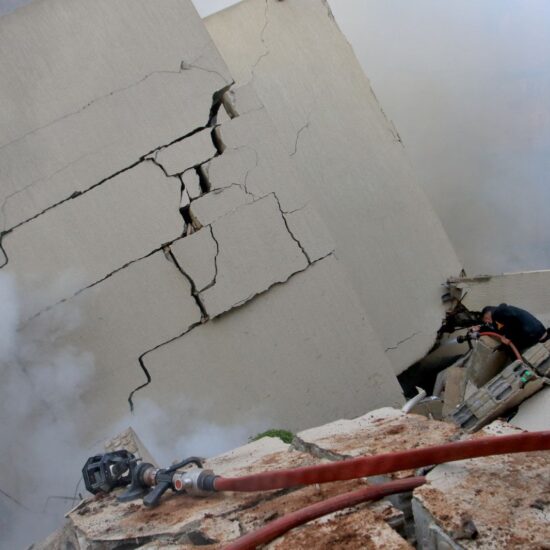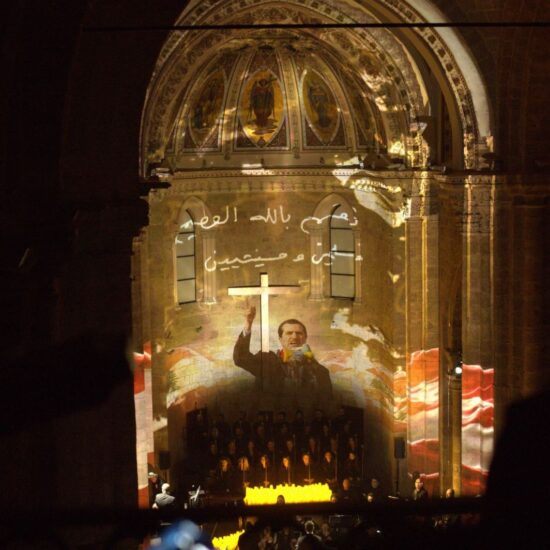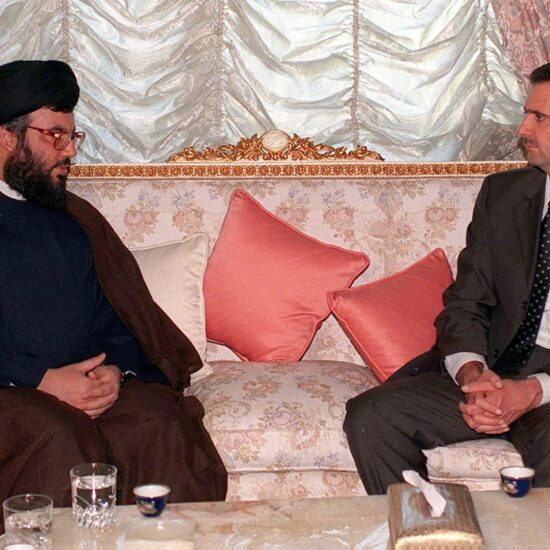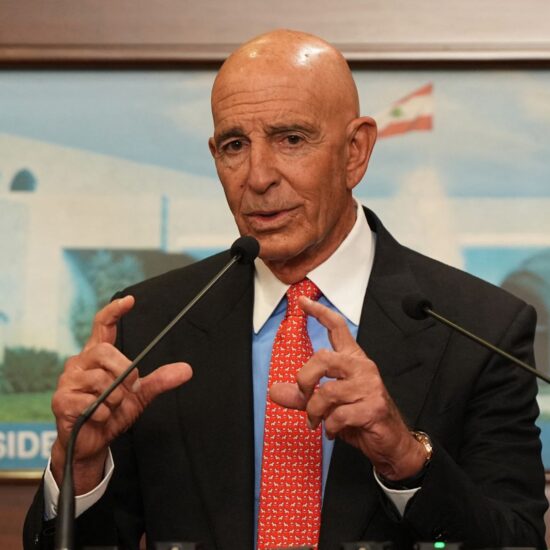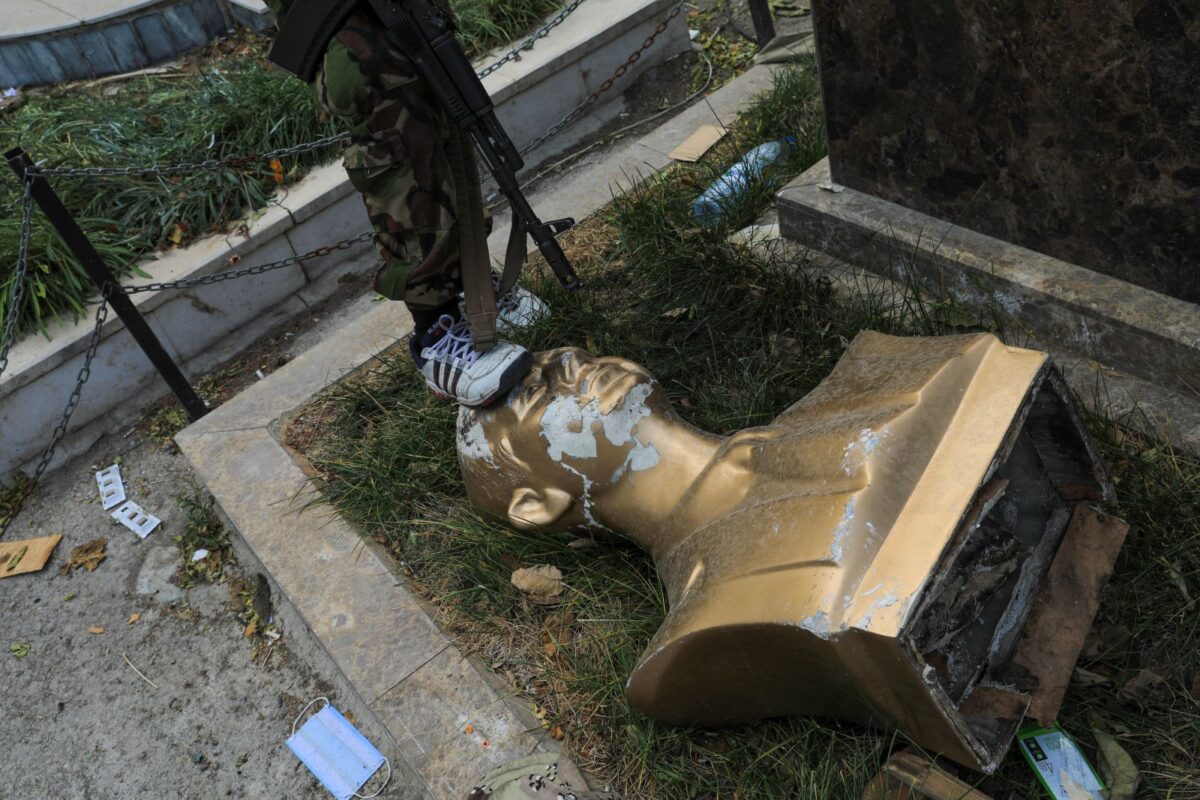
The challenges of post-Assad Syria
Syrian TV drama has long been a popular and trendsetting force in the Arab region, notably historical series that resonate deeply with audiences. Yet, these series almost invariably died out in 1963, marking the Ba’ath coup, as if history itself ended with the Ba’ath and the rise of the house of Assad. For decades, this unspoken boundary shaped both storytelling and collective memory.
But since December 8, 2024, history is once again on the move: the era of forever is over in Syria. Yet the impossible became reality at dawn on December 8, reminding us of the great Nelson Mandela, memorable quote “it always seems impossible until it is done.”
What had been unimaginable for decades unfolded in just over a week. For the first time in 54 years, Syria – described as L’état de Barbarie (Barbaric State) by French researcher Michel Seurat – found itself without its ruling family. Over the years, the Assad regime exported conflict, refugees, and drugs. The economic toll was immense: GDP shrank by over 80%, the currency devalued by 99%, 90% of Syrians fell below the poverty line, and over 12 million people were displaced internally and externally.
Hafez Assad established a presidential monarchy in 1970, built on various centers of power, including the army, intelligence services, the Ba’ath Party, workers and peasants, and the Alawite sect. This system survived the Cold War, Hafez’s own death in 2000, and successfully ensured the transition of power to his son, Bashar, a tall and dorky ophthalmologist that was never supposed to rule to begin with. The Assad regime witnessed two disputes from the corrective movement in 1970 until the 2011 revolution.
The first came from the Syrian branch of the Muslim Brotherhood, which violently crashed. In contrast, the second was an attempted palace coup initiated by Hafez’s younger brother, Rifaat, who was exiled afterward. Bashar Assad inherited a system designed to perpetually operate under a siege mentality, thriving in an environment of constant danger and threats- a characteristic shared by Assad’s closest allies, particularly the Iranian regime. In the Middle East, particularly in the Levant, crises are never scarce, and danger is always present. The Assad family positioned its regime allegedly as the beating heart of Arab nationalism, the defender of Palestinian interests, and a strong opponent of Israel.
Much has been written about the root causes of the 2011 Syrian Revolution, and several key factors stand out. The suppression of the short-lived Damascus Spring of 2001, which briefly fostered intellectual cross border (into Lebanon) debates on political, economic, and social reform, underscored the regime’s inability or unwillingness to meaningful change. The regime’s neglect of rural areas widened the urban-rural divide, leaving rural communities increasingly marginalized. Economic policies, including the lifting of subsidies, cuts in government spending, and rampant public sector corruption, drove more Syrians below the poverty line. The collapse of the agricultural sector following a severe drought from 2006 to 2010 further exacerbated rural discontent.
Meanwhile, the liberalization of different economic sectors disproportionately benefited a crony capitalist elite, who captured the state’s resources. With the domestic economy failing to benefit from the earnings and profits of the crony capitalists, urban unemployment soared, and income inequality widened dramatically, fueling widespread resentment. Putting it simply, under the Assad family rule, Syria had neither bread nor freedom.
With unwavering loyalty from its centers of power, bolstered by support from Russia, Iran, and their proxies, Bashar Assad ultimately claimed victory in the war. In 2020, efforts to normalize relations with the regime gained momentum, culminating in Syria’s reintegration into the Arab League in 2023 after its 2011 suspension. However, the regime’s downfall revealed a crucial distinction: winning the war is not the same as winning the peace. Bashar Assad and his internal and external allies may have secured military control but failed to address any governance-related issues. His policies deepened the rift with key constituencies – peasants, the bureaucracy, the army, and even the Alawite community – who suffered heavy casualties during the war. They endured declining living standards, purchasing power, and a spiraling currency devaluation and inflation cycle. Meanwhile, crony capitalism evolved into a highly distorted system, increasingly reliant on illicit activities such as drug production and trafficking, smuggling, human trafficking, and outright looting. Far from stabilizing the country, these practices entrenched corruption and exacerbated cultural, social, and economic decay.
For post-Assad Syria, the challenges are immense, and determining where to begin is daunting. Reaching consensus on a list of priorities will be difficult, and identifying the right policy interventions to reverse the destruction caused by the Assad family and its allies seems almost impossible. Critical questions about the structure and functions of institutions, the economy, the public sector, the nature of a new constitution, and types of pluralism and representation will need to be addressed. Ultimately, the key determinants of success or failure will be the mechanisms and processes through which these issues are addressed and negotiated and the extent of inclusivity in decision-making.
A possible starting point is addressing the issue of refugees and internally displaced persons. Displacement in Syria was not solely a consequence of war – it was also a deliberate strategy. The regime and its allies adopted demographic engineering as a tool to reshape the population. Refugees living in Lebanon, Turkey, and Jordan continue to endure harsh conditions. Facilitating an organized return of refugees could alleviate pressure on host countries, redirect humanitarian support into Syria, and lay the groundwork for lifting sanctions and initiating reconstruction. Moreover, the return of refugees – many of whom supported the revolution – could help expand the support base for a new regime and foster stability during the transition.
One of the persistent dilemmas is how to maintain short-term stability and ensure service delivery while simultaneously building strong institutions, fostering democratic representation, and promoting good governance in the long term. Since the invasion of Iraq in 2003 and the rise of the Iranian ‘Axis of Resistance,’ the prevailing paradigm in the Levant has shifted from containing strong states to managing failing ones. Since 2011, none of the post-Arab Spring states have successfully navigated this challenge. This fact raises a crucial question: will the Levant break this cycle and forge a different path, or will it too succumb to the pattern of instability?
Khalil Gebara is an academic and researcher.
The views in this story reflect those of the author alone and do not necessarily reflect the beliefs of NOW.



